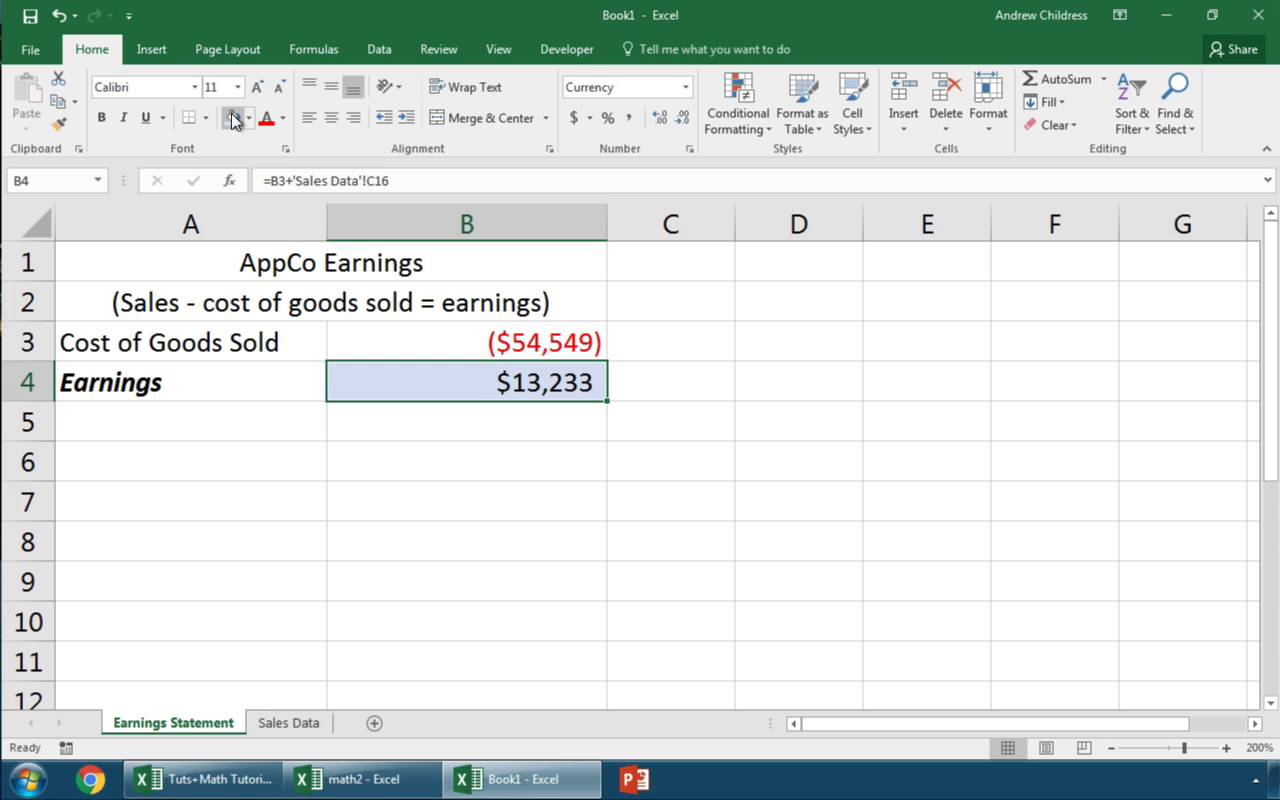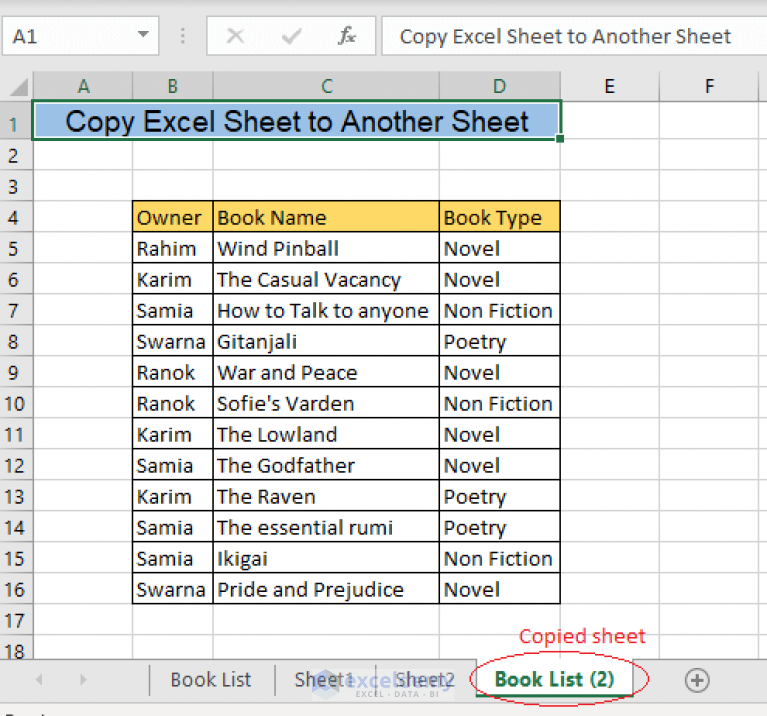5 Simple Steps to Copy Excel Sheet to New Workbook

Are you looking to copy Excel sheets to a new workbook efficiently? Whether it's for organizing projects, sharing parts of your data, or creating backups, knowing how to quickly copy an Excel sheet to a new workbook can save you a lot of time. This blog post will guide you through five simple steps to copy Excel sheets effortlessly.
Step 1: Open Your Excel Workbook

Begin by opening the Excel workbook that contains the sheet you wish to copy. This can be done by:
- Double-clicking the Excel file directly on your computer
- Opening Excel and then selecting the file through ‘File’ > ‘Open’
Step 2: Select the Sheet to Copy

At the bottom of your Excel window, you’ll see tabs for each worksheet in your workbook:
- Click on the tab of the sheet you want to copy
- Hold down Ctrl and click additional tabs if you need to copy multiple sheets at once
📋 Note: Remember, only visible tabs will be copied. Hidden sheets will not be included in the process.
Step 3: Copy the Sheet(s)

With your sheet(s) selected:
- Right-click on one of the selected tabs
- Choose ‘Move or Copy…’
- In the ‘Move or Copy’ dialog, under ‘To book:’, select ‘(new book)’ from the dropdown list
- Check the box ‘Create a copy’ to avoid moving the sheet permanently
- Click ‘OK’
| Dialog Field | Action |
|---|---|
| To book: | Select (new book) |
| Create a copy | Check this box |

Step 4: Save the New Workbook

After Excel creates the new workbook with your copied sheet(s):
- Go to ‘File’ > ‘Save As’
- Choose the location where you want to save the new workbook
- Give your new workbook a meaningful name
- Click ‘Save’
Step 5: Review and Cleanup

Now that you’ve copied the sheet:
- Open your new workbook to ensure the sheets are correctly copied
- Check for any links or references in the copied sheet that might need updating
- Remove any unnecessary data or clean up the workbook if needed
The journey to copying an Excel sheet to a new workbook has been remarkably streamlined through these five steps. By following this guide, you now possess a straightforward method for duplicating sheets, ensuring that your data organization remains both efficient and secure. Excel's built-in functionality, combined with these steps, allows you to manage your spreadsheets effectively, keeping your productivity high.
Keep in mind, practice will make these steps even easier, allowing you to handle complex spreadsheets with confidence. Remember to check for any links or references that might need updating in the copied sheet, and consider the cleanup process as your final step to streamline your new workbook. With this knowledge, you're well-equipped to enhance your workflow and optimize your data management in Microsoft Excel.
Can I copy multiple sheets at once to a new workbook?

+
Yes, by holding down the Ctrl key, you can select multiple sheets before choosing to copy them. Ensure all selected sheets are visible as hidden sheets won’t be copied.
Will copying a sheet to a new workbook preserve the formatting and formulas?

+
Yes, when you copy a sheet to a new workbook, Excel will preserve the formatting, formulas, and data validation rules. However, external references or links might need updating.
How do I handle linked data when copying sheets?

+
Linked data or references will need to be manually updated in the new workbook if they point to other sheets or workbooks. You might need to re-establish these links after copying.
What if I want to copy only a portion of a sheet?

+
Select the specific range of cells you want to copy, then use ‘Paste Special’ in the new workbook to paste only what you need, like values, formats, or formulas.
Can this method be used to copy sheets between two open workbooks?

+
Absolutely! In the ‘Move or Copy’ dialog, instead of selecting ‘(new book)’, choose the other open workbook from the dropdown list.